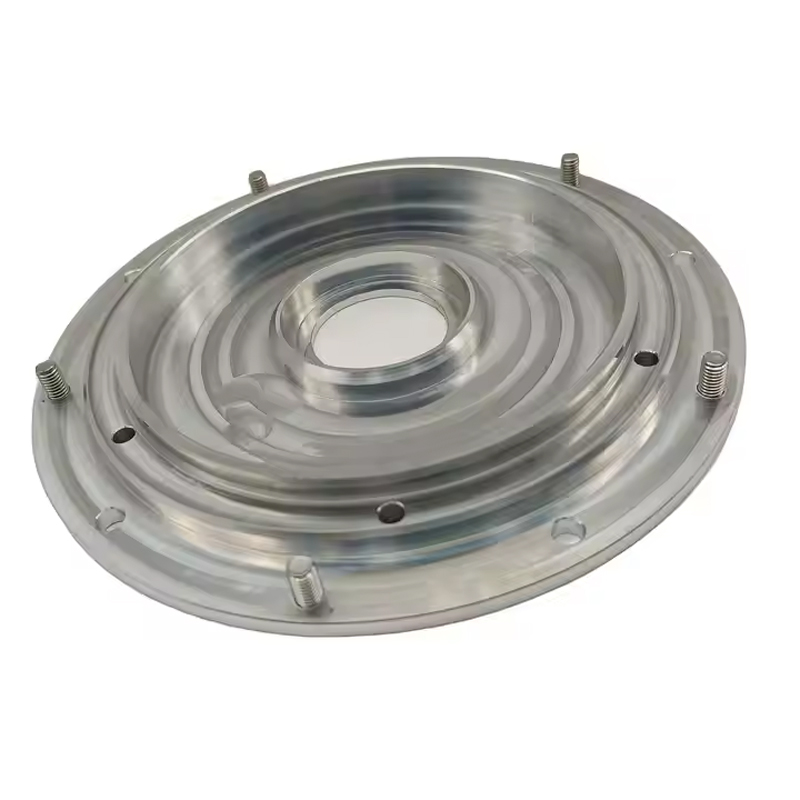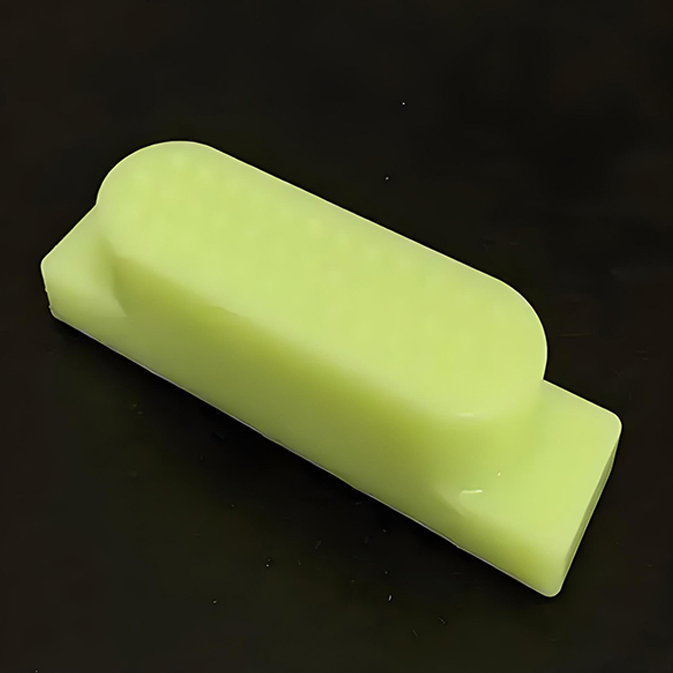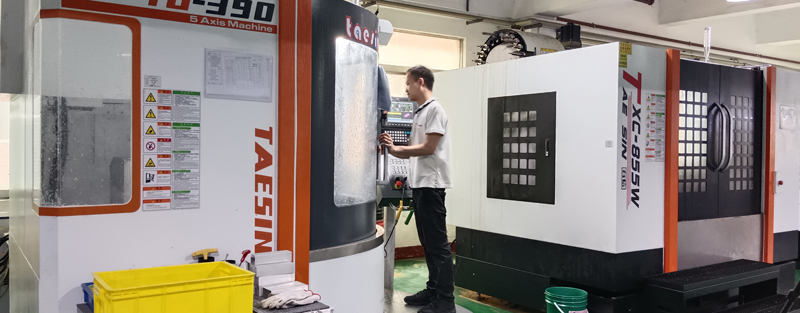Why Choose CNC Machining for Metal Parts?
CNC machining is one of the most reliable and precise methods for manufacturing metal parts. Here’s why it’s the preferred choice for industries ranging from aerospace to medical devices:
1. Exceptional Precision & Tight Tolerances
✔ Accuracy down to ±0.001" (0.025mm) or better – Ideal for critical applications like aerospace and medical implants.
✔ Consistent repeatability – Every part is identical, even in large production runs.
✔ 5-axis CNC machining allows for complex geometries that would be impossible with manual machining.
Best for: High-performance engine components, surgical tools, and precision instruments.
2.When to Choose CNC Machining Over Other Methods
| Method | Best For | Limitations |
|---|---|---|
| CNC Machining | High-strength, precision metal parts | Higher cost for very large volumes |
| 3D Printing | Complex, lightweight prototypes | Weaker, less precise for metals |
| Casting | Large, simple shapes | Poor surface finish, porosity |
| Sheet Metal | Thin, flat components | Limited to 2D shapes |
3. Conclusion: CNC Machining is Ideal for Metal Parts When You Need:
✅ High precision & tight tolerances
✅ Strong, durable components
✅ Fast turnaround from prototype to production
✅ Complex geometries in tough metals
✅ Consistency in medium to high volumes
If you need high-quality metal parts, CNC machining is often the best manufacturing solution.
Materials Used in CNC Machining:
-
Metals: Aluminum, Steel, Stainless Steel, Titanium, Brass, Copper
-
Plastics: ABS, Nylon, PEEK, PTFE (Teflon), Polycarbonate
-
Composites: Carbon Fiber, G10, Fiberglass
-
Wood & Foam (for prototyping)
Types of CNC Machining Services:
-
CNC Milling – Uses rotating cutting tools to remove material from a workpiece.
-
CNC Turning – Rotates the workpiece while a stationary cutting tool shapes it (used for cylindrical parts).
-
CNC Drilling – Creates precise holes in a workpiece.
-
CNC Grinding – Provides fine finishing and tight tolerances.
-
CNC Laser Cutting – Uses a laser to cut materials like metal, plastic, or wood.
-
CNC Plasma Cutting – Ideal for cutting electrically conductive metals.
-
5-Axis CNC Machining – Allows complex geometries by moving the tool along five different axes.


